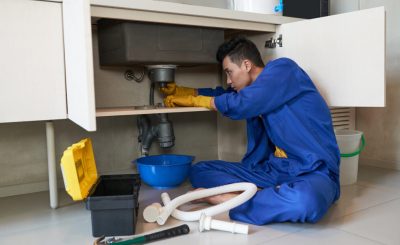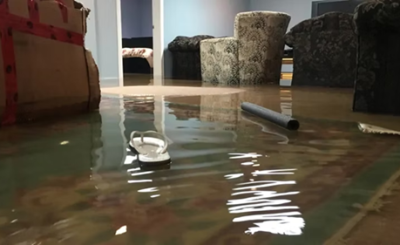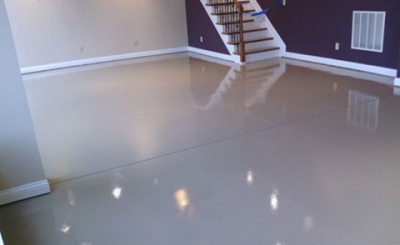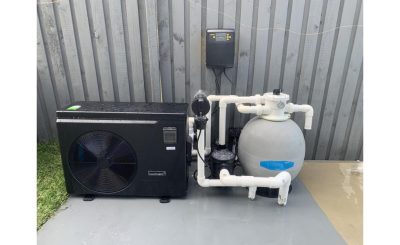Building inspections mainly to technological advancements are the days of inspectors relying solely on their eyes, ears, and experience to assess a property’s condition. Today, many high-tech tools and techniques are transforming the inspection process accurate, and more insightful than ever before.
Traditional vs. Modern inspections
Traditionally, building inspections were a largely manual process. Inspectors would physically examine a property, looking for visible signs of damage, defects, or potential issues. They’d take notes, snap photos, and rely on their knowledge and judgment to assess the property’s overall condition. While this approach could uncover many issues, it had limitations. Some problems could be missed, like those hidden behind walls or in hard-to-reach areas.
The depth and accuracy of the inspection depended heavily on the individual inspector’s skill and experience. Modern inspections, powered by technology, are changing this. Advanced tools and techniques allow inspectors to gather more comprehensive data about a property’s condition, often without invasive or destructive testing.
Technologies shaping inspections
Several technologies are at the forefront of this shift:
- Drones
Uncrewed aerial vehicles, or drones, are revolutionizing exterior inspections. Equipped with high-resolution cameras, drones capture detailed images of a property’s roof, gutters, chimneys, and other hard-to-reach areas. This allows inspectors to spot missing shingles, cracked tiles, or pest infestations without ladders or scaffolding.
- Thermal imaging
Infrared cameras detect temperature variations, allowing inspectors to “see” hidden issues. Thermal imaging reveals missing insulation, air leaks, moisture intrusion, and electrical hotspots – problems that might be invisible to the naked eye.
- Moisture meters
These handheld devices measure the moisture content in walls, floors, and ceilings. Excess moisture signal leaks, poor ventilation, or other water-related issues could lead to mold, mildew, or structural damage.
- Robotic crawlers
Small, remote-controlled robots navigate tight spaces like air ducts, crawl spaces, and plumbing systems. Equipped with cameras and sensors, they provide inspectors with a close-up view of areas that would otherwise be difficult or impossible to access.
- Augmented reality (ar)
AR technology overlays digital information onto the real world, giving inspectors instant access to relevant data about a property’s systems and components. For example, an inspector wearing AR glasses could look at a furnace and immediately see its age, model, and maintenance history.
Benefits of tech-enabled inspections
- More thorough assessments
Advanced tools uncover issues that might be missed in a traditional inspection, providing a more comprehensive picture of a property’s condition.
- Increased efficiency
Technology can streamline the inspection process, allowing inspectors to cover more ground in less time. This can translate to faster turnaround times and lower costs for clients here are the findings.
- Enhanced documentation
Digital tools simplify capturing and storing detailed documentation of a property’s condition, including high-resolution images, videos, and sensor data. This can be invaluable for buyers, sellers, and property owners, providing a clear record of the property during inspection.
- Improved safety
Drones, robots, and other remote inspection tools reduce the need for inspectors to physically access dangerous or hard-to-reach areas, enhancing safety on the job.
- Predictive maintenance
By identifying potential issues early, tech-enabled inspection helps property owners proactively address problems before they escalate, saving time, money, and hassle in the long run.
As technology advances, we expect even more innovation in the building inspection field. Some experts predict that artificial intelligence (AI) and machine learning will play an increasing role, helping to analyze inspection data and identify patterns or anomalies that might signal potential issues.








